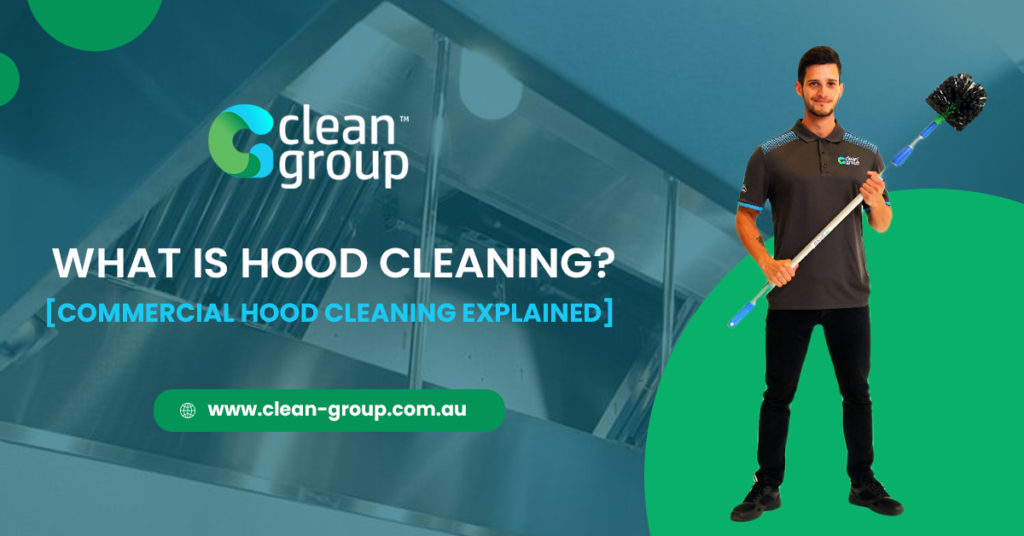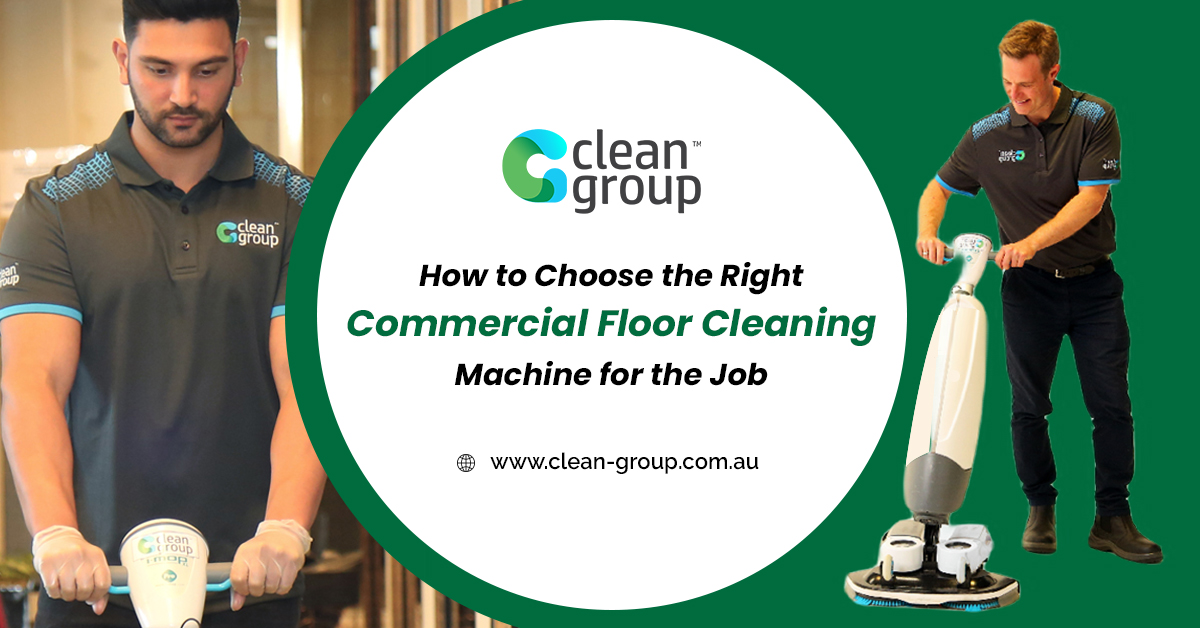Roughly 60 percent of all fires in eating/drinking establishments are caused by cooking equipment, such as the commercial kitchen exhaust system. These are often not the avoidable mishaps that you make at home, such as when preparing a deep-fried turkey. Most of the fires and accidents are caused by a hidden build-up of grease in commercial kitchens. You must use the equipment, and so the conditions leading to this danger in commercial properties are unavoidable for the most part.
However, there are Australian standards out there that tell you how to keep your exhaust systems in peak performance and running at the best overall efficiency possible. With that, food safety standards claim that work health is crucial and that canopy cleaning is vitally important. This means that you must clean your kitchen hood and do proper maintenance on it to remove grease and prevent a fire from happening. Overall, this indicates hiring commercial cleaning services to handle canopy cleaning and cleaning of the exhaust systems.

What’s a Kitchen Hood?
A kitchen hood is a crucial piece of kitchen equipment. Sometimes, it’s called a range hood, exhaust hood, or exhaust canopy. Regardless, it hangs over commercial cleaning ranges, grills, fryers, and other cooking equipment and must be up to the Australian standard. It offers various exhaust fans to remove airborne grease, heat, and odours and can help with smoke control.
How Do Kitchen Exhaust Systems Work?
Most exhaust canopy options have four parts. Here they are and what they do:
- Filters – These can be mesh or stainless steel, and the accessories span the opening of the ductwork to keep debris from getting into the fan units.
- Exhaust fans – Behind the filters, you have one or more fan units that suck air through the ductwork and out of your facility.
- Grease traps – As smoke and debris rush up this ventilation system, it collects on the sides of your ductwork and drips down. On the inside edge of your ductwork, you see small trays to collect that grease.
- Ductwork – The ductwork is the full conduit that captures airflow through an opening and delivers it away and up. The fans, filters, and grease traps are inside of this, which require routine maintenance and duct cleaning.
The Advantages of Kitchen Exhaust System Cleaning
Your restaurant kitchen hood has a consistent supply of greasy, dirty air flowing through it whenever you’re cooking. As the built-up grime and grease are removed with appropriate cleaning services it:
- Enhances the airflow in the kitchen – The build-up of grime and grease in your ventilation system lessens air circulation, so it’s less healthy and comfortable to be there.
- Reduces the risk of fire – Grease is highly flammable. As it builds up and drips from the ceiling, it’s a clear fire hazard.
- Reduces the risk of slips and falls – Grease is quite slippery, and people can get hurt if they slip or fall.
- Increases overall hygiene within the kitchen – Having old food residue linger in the environment could be a contamination hazard. Dirty hoods pollute the entire space.
- Saves money – There’s less risk of closure or fines. Plus, you increase the lifespan of the motor and blower blades when you remove build-up and handle routine maintenance.
- Stay within the law – It’s often a requirement to handle commercial kitchen exhaust system cleaning.
- Runs quietly – For BBQ restaurants and those that use solid fuels, build-up on the fan blades can make them louder.
How Often Should You Clean Your Kitchen Hood?
You should handle regular cleaning of your commercial kitchen exhaust system as recommended by your state or local council. However, most hood manufacturers recommend doing it monthly. Those who want to pay for commercial kitchen hood cleaning services might prefer to do it once every few months or do a deep clean twice or once a year.
Monthly Restaurant Hood Cleaning
If you use solid fuel in your kitchen, it might be wise to hire cleaning services for the kitchen canopy every month. Solid fuels refer to any solid material burned for cooking, such as coal, charcoal, or wood.
Even if you don’t use solid fuels, kitchen exhaust cleaning should be done frequently to avoid the build-up of grease and a higher risk of fire. With that, duct cleaning is crucial.
Quarterly Restaurant Hood Cleaning
Generally, high-volume operations that don’t use solid fuel may want to choose quarterly commercial kitchen exhaust cleaning. This encompasses most restaurants, such as short-order areas, diners, and various commercial dining places. If you have a kitchen canopy, it likely needs to be cleaned every other month or so.
Semi-annual Restaurant Hood Cleaning
If your kitchen canopy sees a moderate volume or that of below-average establishments, you may only require commercial kitchen hood cleaning twice a year.
Annual Kitchen Canopy Cleaning
In most cases, your kitchen canopy requires more frequent cleaning services, but you may only need to do kitchen exhaust cleaning once a year if you operate a seasonal business, day camp, church, or location that only offers special events.
Steps for Cleaning a Restaurant Vent Hood
Most kitchen exhaust systems can be cleaned in six easy steps. It’s possible for the kitchen staff to handle canopy cleaning themselves to remove grease and provide routine maintenance. Sometimes, they can even do the filter exchange.
However, if duct cleaning is necessary, it’s best to hire a professional to handle the situation. Regardless, here are the steps to take to clean the exhaust fan and the rest of the hood.
Hood Cleaning Prep
When you hire cleaning services to clean your kitchen equipment, they should turn off the ranges and valves. Everything should be unplugged and cooled off before they arrive to take on the kitchen exhaust cleaning.
With that, you should cover the surrounding kitchen equipment and surfaces with plastic sheets or tarps so that they don’t get dirty. Otherwise, you may have to clean them again before the next service.
Remember, this is a dirty job; grease spills and drips everywhere.
If you hire a professional to handle the cleaning services, they should bring the right equipment and supplies, such as:
- Degreaser
- Sanitation buckets
- Rubber gloves
- Non-abrasive scrubbing pads and soft-bristled brushes
Hood Filter Cleaning
Whether you’ve got charcoal, mesh, or baffle filters, they should push up and slide out easily. Once you’ve removed them, you should take out the stainless steel spacers resting near or on the grease traps. Use a non-abrasive scouring pad for filter cleaning or consider a soft-bristled brush, giving the filters a once-over.
During filter cleaning, you may notice that they aren’t very dirty and can be run through the dishwasher. However, if they are big or excessively soiled, a filter exchange might be required.
You might also want to consider removing the filters and soaking them overnight before the big day of commercial kitchen cleaning. That way, they are ready to pop back in so that you can clean and work.
Hood Grease Filters Cleaning
Once you remove the filter and spacers, you should remove the grease filters or traps. There should be one or more on each side of your exhaust system.
Remove them and be careful not to spill the grease from the grease filters. Once they’re gone, you can pour the grease into another container. Don’t pour it down the drain because it’s likely to congeal and cause a blockage. Instead, let it dry and throw it out in a sealed, durable container.
Wipe down your grease traps with a non-abrasive scouring pad or soft-bristled brush. Usually, the traps are too large to run through a dishwasher. If they’re excessively dirty, you can soak them in a degreaser solution for a few hours or overnight.
Exhaust Fan Cleaning
It’s time to remove your blower blades from the exhaust fans. Most low-profile exhaust canopy hoods have a dual-fan/dual-motor system. It can draw air from either side of the hood to provide an even distribution of airflow.
Remove each fan’s cover and unscrew the center hub of your fan, pulling it down carefully. Exhaust fan cleaning should start with you scrubbing the fans with a non-abrasive scrubbing pad or soft-bristled brush. If they are quite dirty, you can toss them into the degreaser solution with your traps and filters. Otherwise, you can run smaller fans through the dishwasher.
Hood Duct System Cleaning
Though it’s wise to hire cleaning services to handle duct cleaning for you, it’s possible to do it yourself. You should create a degreaser solution and follow the label directions. Put it in a sanitiser bucket and grab a non-abrasive scrubbing pad or a soft-bristled brush to scrub the exterior and interior of the exposed hood. Once you’ve scrubbed it clean and removed the grease visible on the ductwork, it’s time to reinstall everything once again.
However, you might want to consider a minimum inspection first to ensure that things are clean!
Conclusion

It’s possible to clean a commercial kitchen canopy alone, but it’s often better to hire appropriate cleaning services. That way, your commercial kitchen exhaust systems look their best and can prevent a fire and other issues. Make sure to request a free quote from a few companies!

